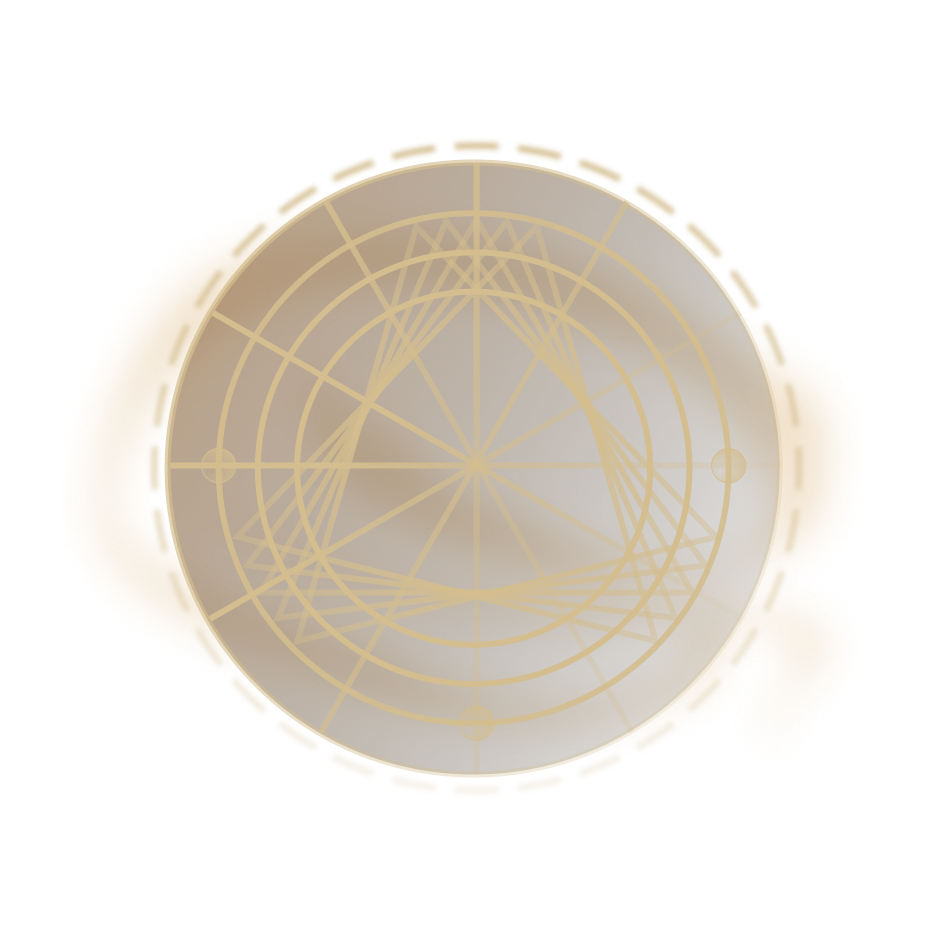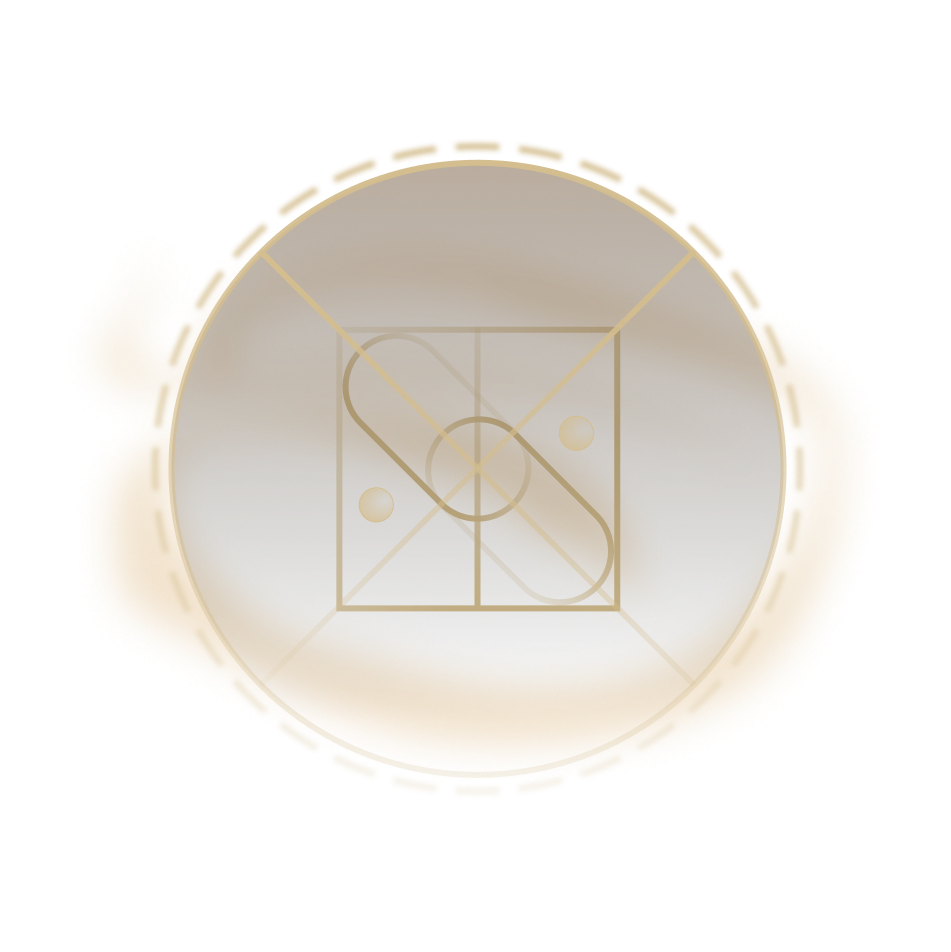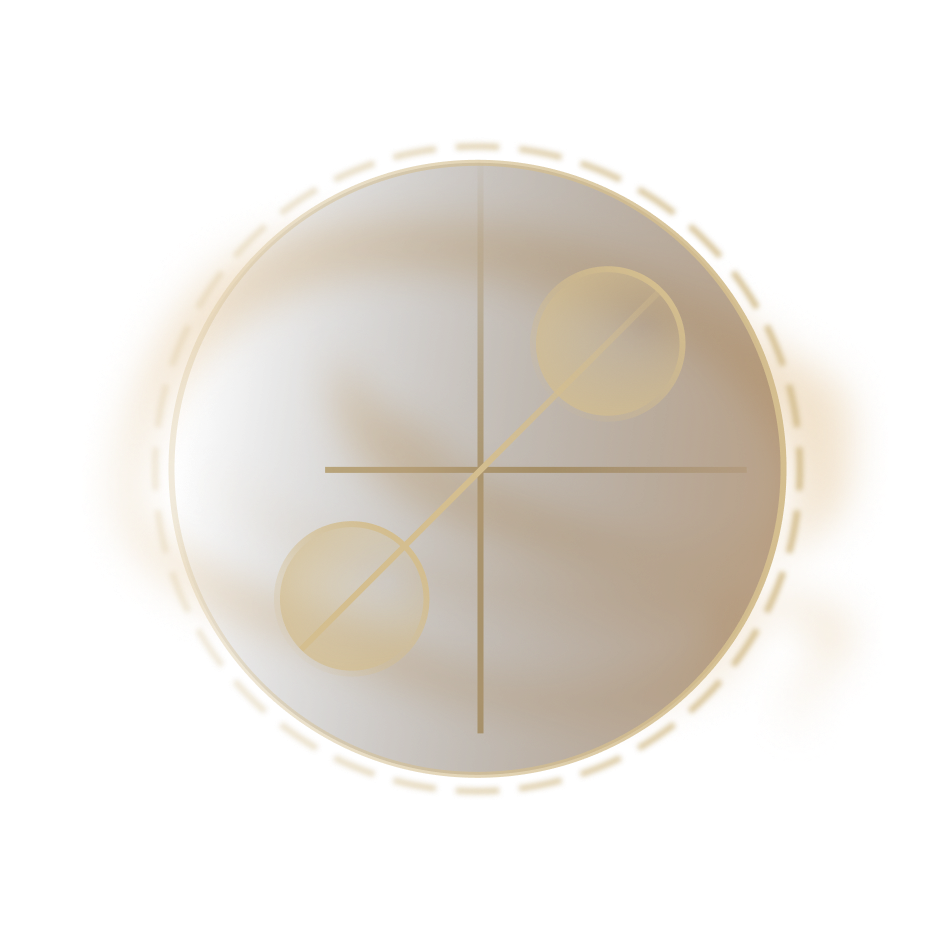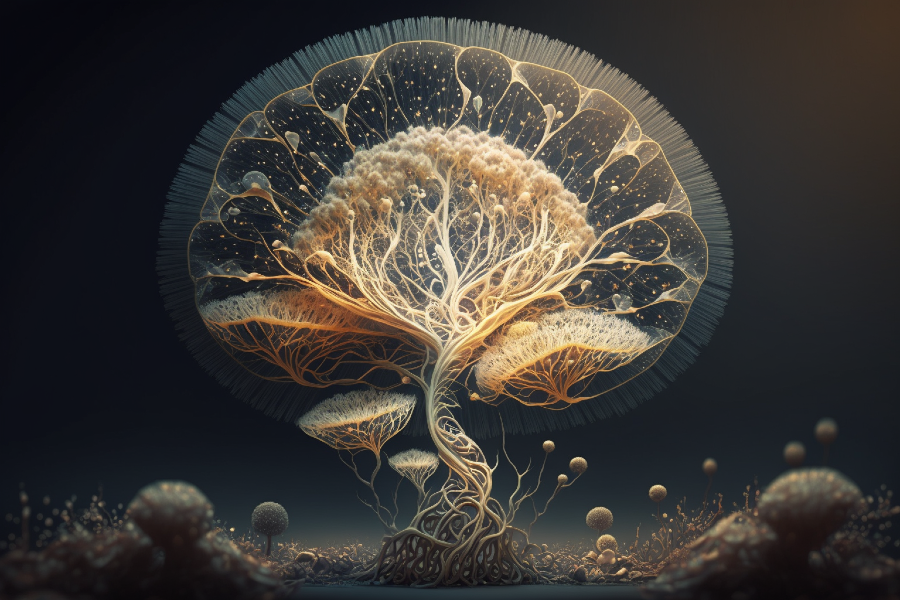The Rise of DAO Working Groups[edit]
DAO working groups are functional, operational entities within a DAO. Also known as Pods, Guilds, and Squads, these working groups emerged organically in the DAO ecosystem since 2017, but grew substantially in both number and variation during DAO Summer 2021. Their formation was in response to the issues that plagued many DAOs while they scaled their operations and decision-making: in theory, the more direct democratic methods of voting and governance would enable transparent and rapid participation; in practice, too many governance proposals were created on too many minor issues, creating roadblocks to action.
With working groups, decision-making and action-taking require less oversight, circumventing the need for consensus from every member or a proposal for every change. They are instead tightly scoped for action, enabling quick collaborations and fluid contributions to the core mission or constitution of a DAO.
Working Group Lifespans[edit]
The specific purposes of DAO working groups are wide-ranging. Some DAOs use working groups for governance oversight and operations, others for technical development and product, and still others for every functional unit of the DAO, what would have been traditionally been called an org chart in a corporate institution.
How long should a working group exist? The answer, of course, depends on their function within a DAO. While working groups require clarity for their formation, governance, and dissolution, some working groups are needed in perpetuity to serve a core function while others just for a moment in time.
Example Lifespans[edit]
1. Metagov DAO is exploring organism-like working groups for their research approach. Rather than living forever, these working groups are designed to split, fuse, and mutate. They can peg their working groups to outcomes (milestones) or bound them in time, specific to a research outcome (“we want to spend x amount of time researching an issue, and then make Y decision within that timeframe”).
2. Yearn has formed a model that is also focused on time, which frees the team up for action, what they call constrained delegation. They have constructed yTeams, small autonomous groups of contributors organized around a group of signers. The teams use a rough internal social consensus to select their signers, and the signers conduct their own feedback and consensus-gathering exercises to shape decisions that must be made and bring them to the group. In this way, the preferences of the DAO are delegated to the signers, but what the signers can do is heavily constrained based on funds and scope (see reference section). Their yTeams all emerged ad-hoc, with no formal process putting them in place. Anyone is free to join or leave the groups, and contributors join by contributing and having their contribution ratified by a member of the yTeam. Yearners can instantiate or dissolve a group with a vote.
3. ENS DAO has a highly formalized approach to working groups, which includes eligibility, nomination, formation, dissolution, and more. It has chosen to start with four working groups: meta-governance, ENS ecosystem, community, and public goods. Formation of working groups occurs through a social proposal, which must demonstrate that the work under the new group’s scope can only be done by that group. Groups can be dissolved by the same mechanism. Each working group is governed by five stewards, who each get six-month periods co-managing the working group and can be self-nominated within respective three-day windows each year. ENS is firmly time-bound with democratic procedures intended to form and dissolve working groups.
4. Ocean Protocol has taken a different approach, launching six inaugural working groups they consider evergreen, in that they will always be needed in some way shape or form. The working groups are:
- Parameters and Roadmap WG: This group will be responsible for defining the OceanDAO parameters and ensuring they are aligned with the overall Ocean Protocol roadmap. The success of this group will be measured by how well they define and execute the OceanDAO parameters and how well they align with the Ocean Protocol roadmap.
- Project-guiding WG: This group will provide guidance to project teams on how to create and submit high-quality proposals to OceanDAO. The success of this group will be measured by the number of high-quality proposals submitted to OceanDAO and the number of successful projects funded through OceanDAO.
- Core Tech WG: This group will focus on improving and maintaining the core Ocean Protocol technology. The success of this group will be measured by how well they improve and maintain the core technology, how many community contributions they receive, and how many new features they implement.
- OceanDAO Engineering WG: This group will focus on improving the OceanDAO platform and developing new features. The success of this group will be measured by the number of new features developed for OceanDAO, how well the platform performs, and the number of successful funding rounds that occur through OceanDAO.
- Data Consume Volume WG: This group will be responsible for increasing the amount of data that is consumed through Ocean Protocol. The success of this group will be measured by the number of data providers and consumers that are added to the network, the amount of data that is consumed through the network, and the overall growth of the network.
- Outreach WG: This group will focus on increasing awareness and adoption of Ocean Protocol. The success of this group will be measured by the number of new users that are added to the network, the amount of media coverage that is generated, and the overall growth of the community.




